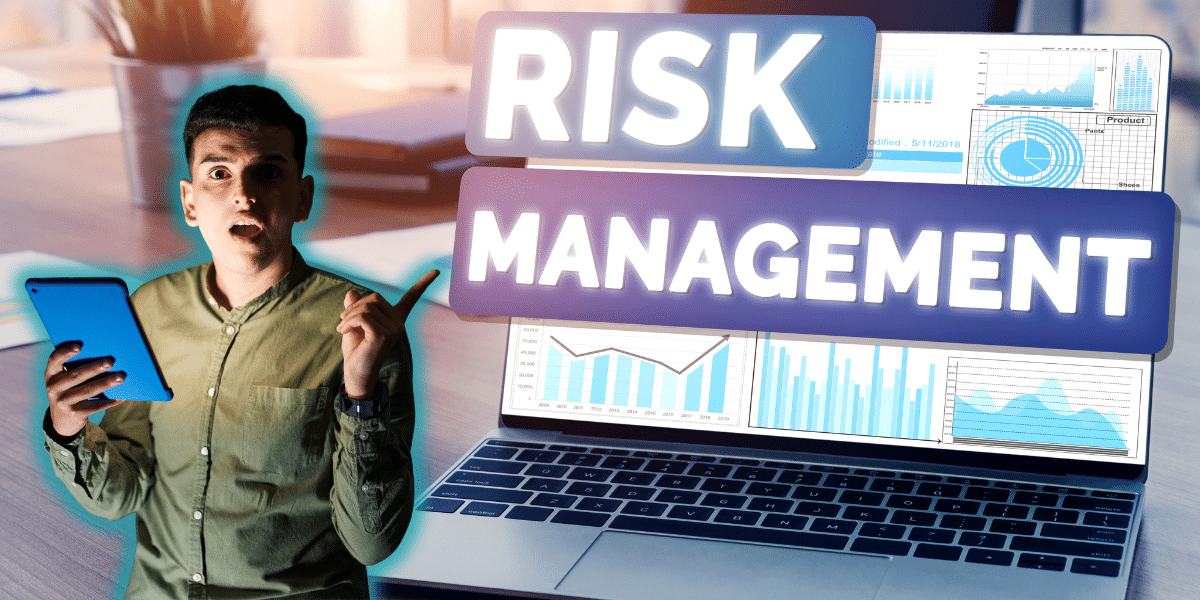
27 Sep How Can You Explain Cyber Risk and Cyber Risk Management?
The strength of cybersecurity is not isolated to IT experts and security software. Rather, quality of life is determined by decision making, whether that’s onboarding new monitoring tools, hiring additional tech experts, or instating stronger regulatory policies. Top-down decisions from management, executives, and cybersecurity leads guided by effective Cyber Risk Management will have a strong impact on the enterprise, shaping how it reacts, protects, and navigates future cybersecurity investments.
But what determines decision-making? Ultimately, information. Ideally, quality information is gathered from digestible, practical reports. Thus, it’s critical to create comprehensive risk management reports, laying out an understandable roadmap that helps influence management-level decisions towards the right direction.
Talk about talking: the cyber risk management report
It all comes down to comprehensive discussions with management. Primarily, focusing on key components that involve any and all talks about cybersecurity risk.
That’s a tall order, as risk management covers several key areas, all of which are crucial.
- Regulatory compliance with agency standards and company rules
- Threat identification for current and evolving threats (phishing, ransomware)
- Backup recovery plans and incident response plans
- Continuous training and staff readiness
While each business is unique with its own infrastructure, scale, and available capital, cybersecurity risk is always important and plays a critical role in IT security. Therefore, developing a sound framework for discussing these points can be more impactful than any new security procedure. Of course, the bigger question is: how? Specifically, how to create effective reports?
There is no single solution, as expertise, resources, and business vary. That’s why reports should be tailored to the specific nature of your enterprise, versus a generic template.
However, there are important areas to cover, and these areas can help you develop a stronger risk plan going forward. Furthermore, breaking down each component of the business translates to easier planning and decision-making.
Simplified
We’ll explain a simple breakdown. You can develop a report based on assets, ranking them based on importance to the business. Then you’ll break down potential threats to those assets, the likelihood of said threats breaching assets, and the suggested planning to mitigate/prevent those dangerous scenarios. A proper analysis is necessary to estimate time, cost, and labor (remember that’s one of the biggest factors, of course, finances).
Even if we create documentation and risk management planning with IT experts heading the way, simple, understandable language is best. The nature of IT and cybersecurity is complex, covering a wide variety of subjects, fields, and advanced concepts. Everyone should understand them and their importance. Otherwise, legitimate cybersecurity and IT risks will find themselves on a low priority list.
Vulnerabilities and consequences
To get eyes looking and ears listening, it’s important to stress the consequences of poor planning or insufficient investment in cybersecurity infrastructure. The short answer: it hurts the bottom line. Cybersecurity breaches and their collective fallout are costly. Financial losses can easily surpass tens of thousands in damages on a good day, and that’s to say nothing of downtime, brand damage, and data loss. Furthermore, if your enterprise operates in critical sectors like finance or healthcare, you risk federal and/or regulatory penalties too.
Furthermore, beyond financial damages, the loss of data creates an expansive problem. When hackers gain insight into your enterprise, steal information, and compromise data, they can leverage that into additional cyberattacks. Without proactive measures and identification of problems, a company can suffer the same type of cyberattack. Thus, identifying points of serious vulnerability, in layman’s terms, can get the message across and inject resources where they need to go.
Remember, keep language simple and prioritize things of importance. Not all vulnerabilities are the same, and if you’re working with budgetary constraints, you want to be as effective as possible.
Conclusion
The fight for better cybersecurity and IT management is constant. But long-term health and stability start at the top, determined by key decision makers. Making those decisions requires powerful, key insights to effectively deploy strategies.
Share this post:

